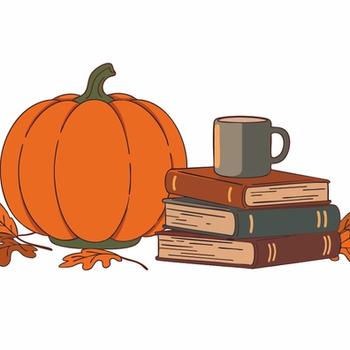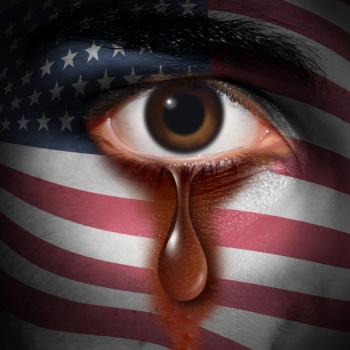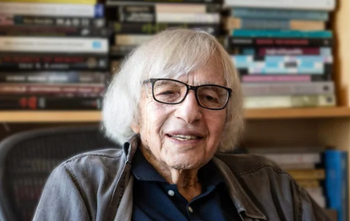
|Slideshows|October 28, 2020
10 Films About the Horrors of the Mind
Author(s)Fernando Espí Forcén, MD, PhD
The viewing of horror films, though paradoxical, can be therapeutic through sensation-seeking, catharsis, and existential relief of our deepest fears.
Advertisement
Newsletter
Receive trusted psychiatric news, expert analysis, and clinical insights — subscribe today to support your practice and your patients.
Advertisement
Latest CME
Advertisement
Advertisement
Trending on Psychiatric Times
1
From Approval to Practice: How Has Cobenfy’s New Mechanism of Action Impacted Psychiatry?
2
Presenting Our January 2026 Theme: Consultation Liaison Psychiatry
3
Human Kindness Is a Key Advantage in Our Competition With Chatbot Therapists
4
Fast Track Designation Granted: ML-007C-MA for Alzheimer Disease Psychosis
5

















